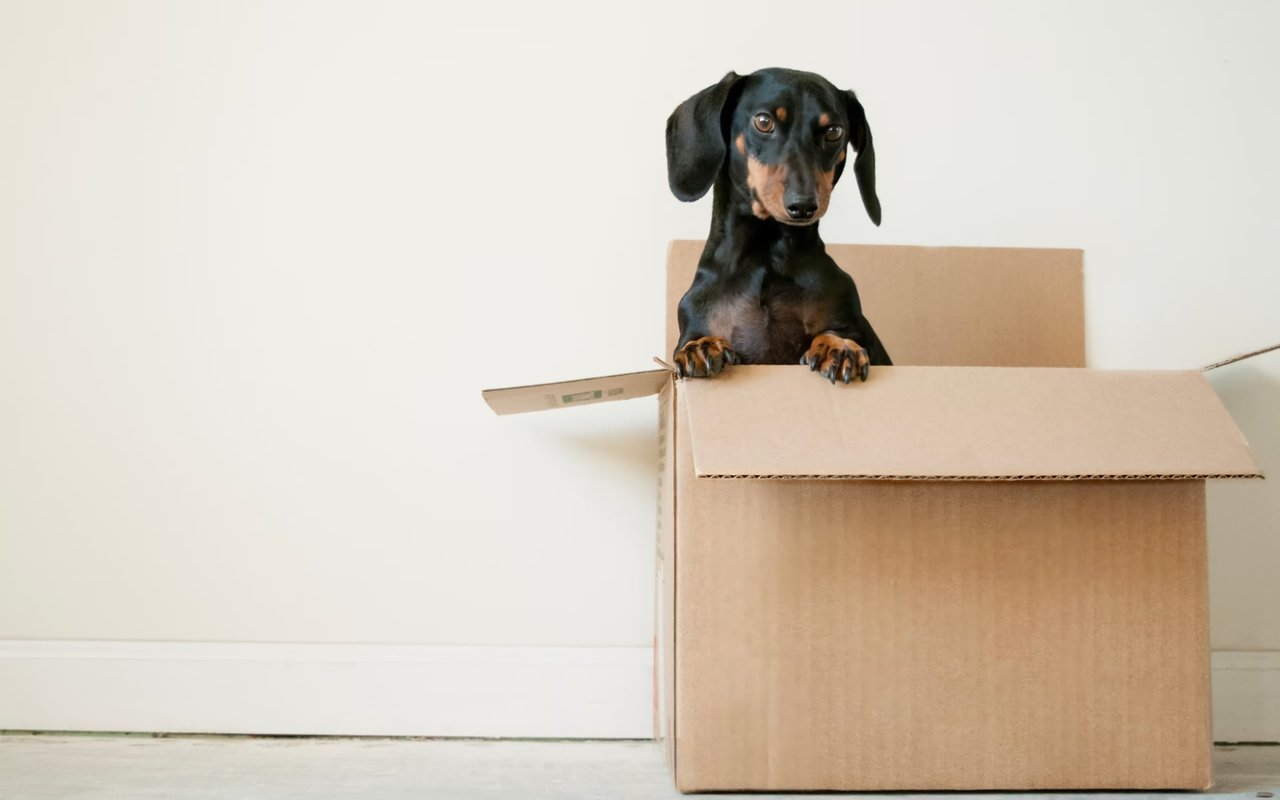Moving to a new home can be a challenging experience, not just for humans but for their furry family members as well. Pets, much like people, can feel the stress of change and the upheaval of their routine and environment. However, with careful planning and consideration, the process of moving can be made significantly less stressful for pets. This guide offers an overview of tips for moving with pets, ensuring their comfort and safety throughout the transition.
Start with a Visit to the Vet
Before embarking on the moving journey, a visit to the vet is essential. This is an opportunity to ensure that your pet is in good health, up-to-date on vaccinations, and equipped with all necessary medications. It's also a chance to discuss any concerns about traveling, especially if your pet is anxious or prone to motion sickness. For pets moving to a new state or country, this visit can help you understand any specific health requirements or documentation needed.
Update Your Pet's ID and Microchip Information
One of the first steps in preparing for a move with pets is to update their identification. This includes ensuring that their collar tags have your current contact information and that their microchip details are updated with your new address. This step is crucial in the event that your pet accidentally escapes during the moving chaos.
Familiarize Your Pet with Their Travel Carrier
For pets that are not accustomed to traveling in a carrier, gradually familiarizing them with it is important. Place the carrier in a common area of your current home, leaving the door open and placing comfortable bedding, treats, and toys inside. This can help your pet associate the carrier with positive experiences, reducing their anxiety when it's time to move.
Maintain a Routine
Pets thrive on routine, and maintaining their regular schedule for feeding, walks, and playtime can provide a sense of stability amidst the moving chaos. As much as possible, try to keep your pet's routine unchanged in the days leading up to and following the move.
Secure a Safe Space on Moving Day
Moving day can be particularly stressful for pets, with strangers entering their space and the noise of moving activities. Set up a secure, quiet space in your current home where your pet can stay until it's time to leave. This could be a spare room or bathroom with their bed, toys, and water. Make sure everyone involved in the move knows this room is off-limits to prevent accidental escapes.
Prepare an Overnight Kit for Your Pet
Just as you might pack an essentials bag for yourself, prepare an overnight kit for your pet. This should include food, water, bowls, litter and litter box (for cats), leashes, toys, and any medications. Having these items easily accessible can help you maintain your pet's routine and comfort during the first few days in the new home.
Keep Your Pet Safe and Comfortable During Travel
Whether you're moving across town or across the country, ensuring your pet's safety and comfort during travel is paramount. Keep them secured in a carrier or with a seatbelt harness designed for pets. Never leave your pet alone in a parked vehicle, especially on warm days, and plan for regular stops on longer trips to allow your pet to stretch, eat, and relieve themselves.
Gradually Introduce Your Pet to the New Home
Upon arrival at your new home, resist the urge to let your pet explore everything immediately. Instead, set up a single room with their familiar items—bed, toys, and water bowl—where they can adjust to the new smells and sounds. Gradually introduce them to other areas of the house as they become more comfortable.
Keep Indoor Cats Inside for Several Weeks
For cats, especially those who are used to going outdoors, it's advisable to keep them inside for several weeks after moving. This adjustment period helps them acclimate to their new environment and reduces the risk of them trying to return to your old home.
Update Your Pet's Information in the New Area
Once settled, update your pet's microchip information with your new address and find a local vet. It's also a good idea to familiarize yourself with local pet regulations, including licensing requirements and leash laws.
Monitor Your Pet's Behavior
After the move, pay close attention to your pet's behavior for signs of stress or anxiety, such as hiding more than usual, decreased appetite, or excessive vocalization. These symptoms should gradually subside as your pet adjusts, but if they persist, consider consulting a vet for advice on easing their transition.
A Smooth Transition for Furry Family Members
Moving with pets requires additional planning and consideration, but by following these tips, you can ensure a smoother and less stressful transition for your beloved companions. Remember, your pets look to you for comfort and reassurance, so staying calm and positive yourself can greatly influence their ability to adjust to the new surroundings.
If you need assistance finding a pet-friendly residence for you and your family, reach out to Marlowe Crown. Marlowe can help you explore Cherry Creek real estate so you can find the perfect place to relocate to.
Recommended Reading: Tips For Hiring A Remodeling Contractor




